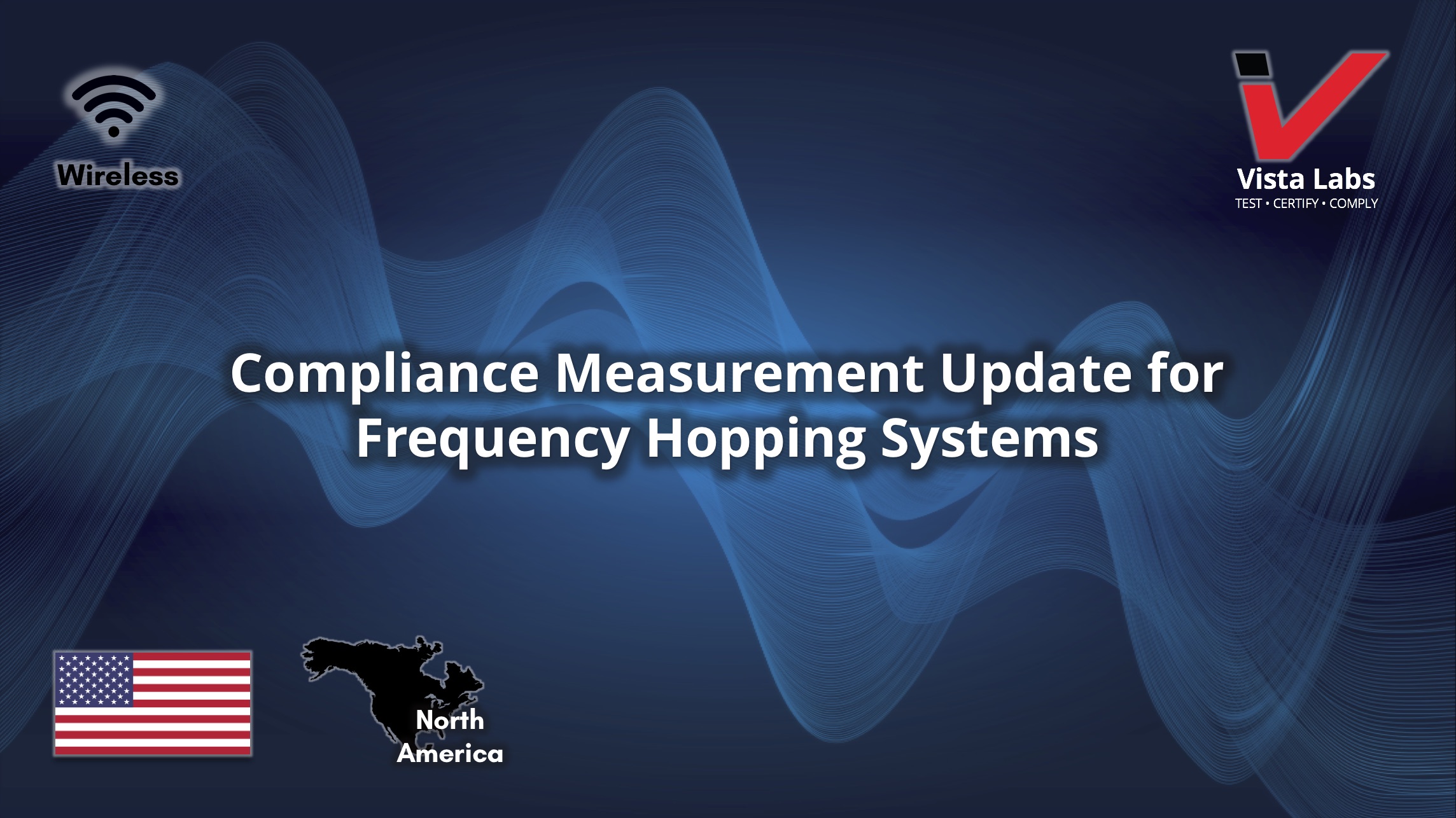The Federal Communications Commission (FCC) of the United States clarifies the use of the duty cycle correction factor for frequency hopping system (FHSS) equipment under 47 CFR § 15.247.
Normally, test samples should be operating in a mode where the duty cycle is at, or greater than 98% during the testing to measure the worst case readings. Frequency hopping system equipment may have much lower duty cycles, making it necessary to apply a duty cycle correction factor.
The duty cycle correction factor is used for calculating the average radiated field strength emission levels for a frequency hopping device, when the unwanted emission limit is subject to an average field strength limit.
The average radiated field strength is calculated by subtracting the duty cycle correction factor from the maximum radiated field strength. The correction factor represents the greatest duty cycle over any 100 msec transmission period. Test reports must show these calculation if they are used, as well as justification for the use of the procedure.
Frequency hopping system (FHSS) equipment under section 15.247 is FCC equipment class code DSS.
The procedures for measuring a FHSS device's EMC and radio parameters are in section 7.8 of ANSI C63.10. Power levels are based on the number of channels used, and the BW limits are based on operating frequency.
For the full guidance on compliance measurements for digital transmission systems, frequency hopping spread spectrum systems, and hybrid systems operating under section 15.247 of the FCC rules, see here.



